
The AdventureKEEN Blog
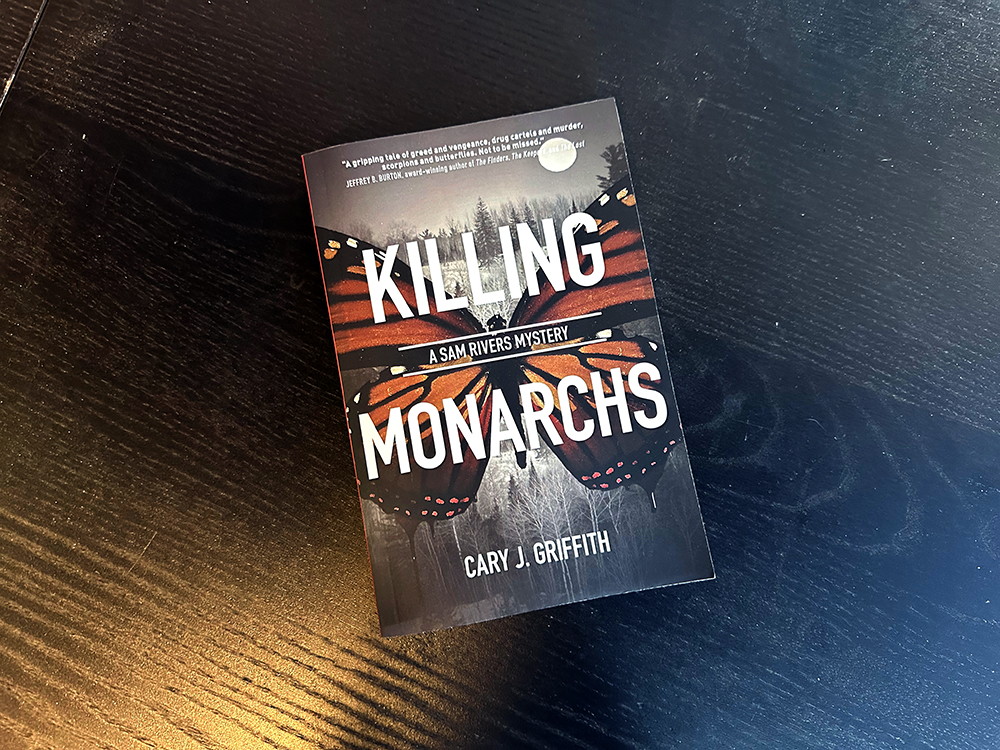
A Chilling Read for a Hot Summer Day
The latest installment in Cary J. Griffith’s hit nature detective series is out now! Look for Killing Monarchs wherever you buy your books and catch up with Sam Rivers as he and his wolfdog, Gray, start tracking down a killer after finding bodies in the basement of a school. The Denver Post calls Sam Rivers the “predator’s predator.” Killing Monarchs is an action-packed thriller that you won’t want to miss. Award-winning author Cary J. Griffith is also on tour, and you […]

In Memoriam, Ritchey Halphen
With incredible sadness, we share the loss of our dear friend and respected colleague Ritchey Halphen. Ritchey passed away unexpectedly on April 14th. Ritchey was a cherished friend to many, a loving partner to Tom, and what one production artist accurately described as “nothing less than an editor’s editor, the crème de la crème.” A talented editor and project manager, Ritchey helped shape the direction of many books at Menasha Ridge Press and AdventureKEEN during […]
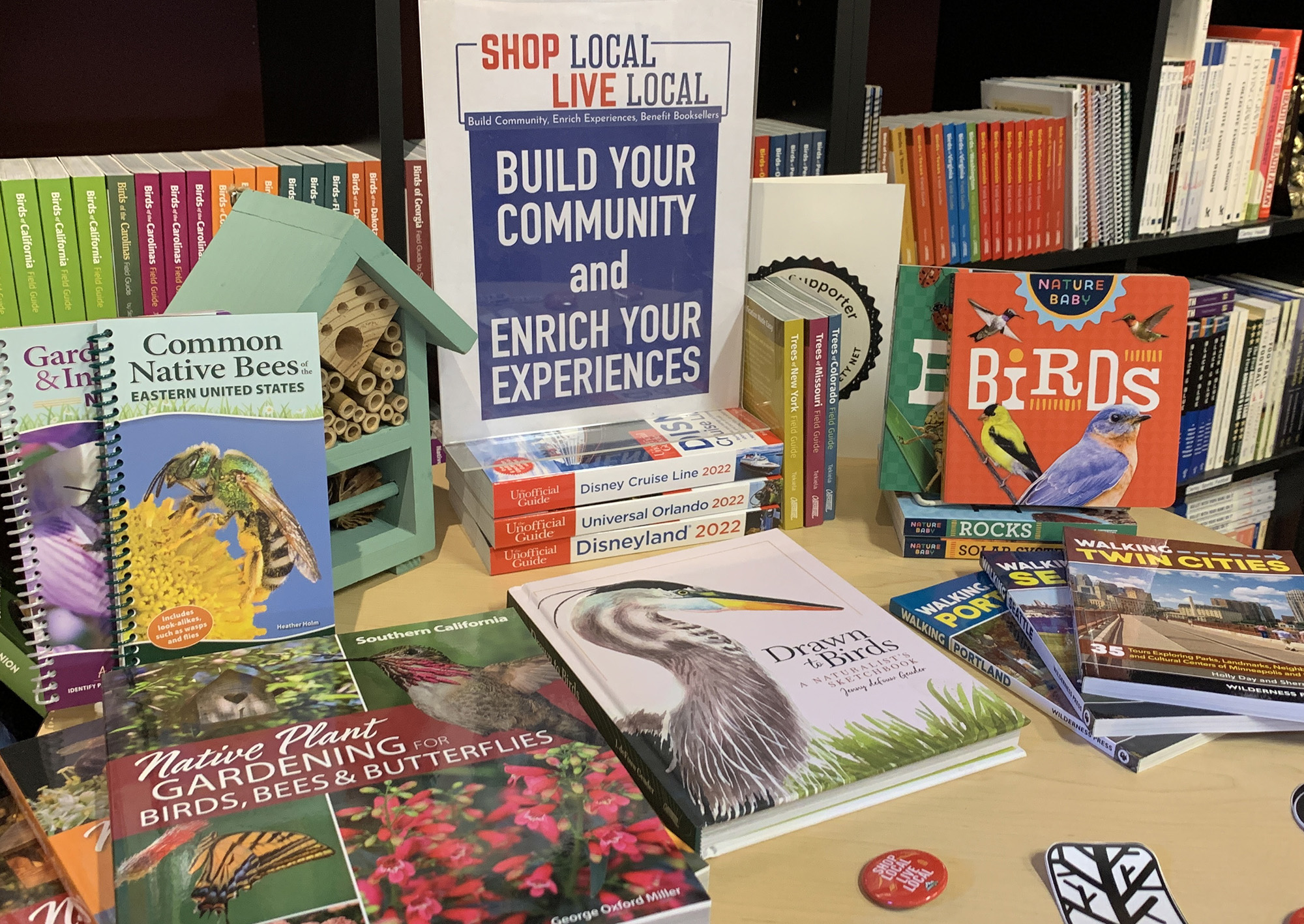
AdventureKEEN and Bookstores Donate to Binc for Fifth Year
We are excited to share the results of last year’s SHOP LOCAL, LIVE LOCAL campaign in support of the Book Industry Charitable Foundation (Binc) and independent bookstores. In 2022, publisher AdventureKEEN and indie bookstores raised $9,670 for Binc. A matching $9,670 is currently being dispersed and mailed to all participating independent bookstores. For the past five years, the SHOP LOCAL, LIVE LOCAL program has matched the 3% store rebates for a donation to Binc; to date, nearly $30,000 has been raised. Binc […]
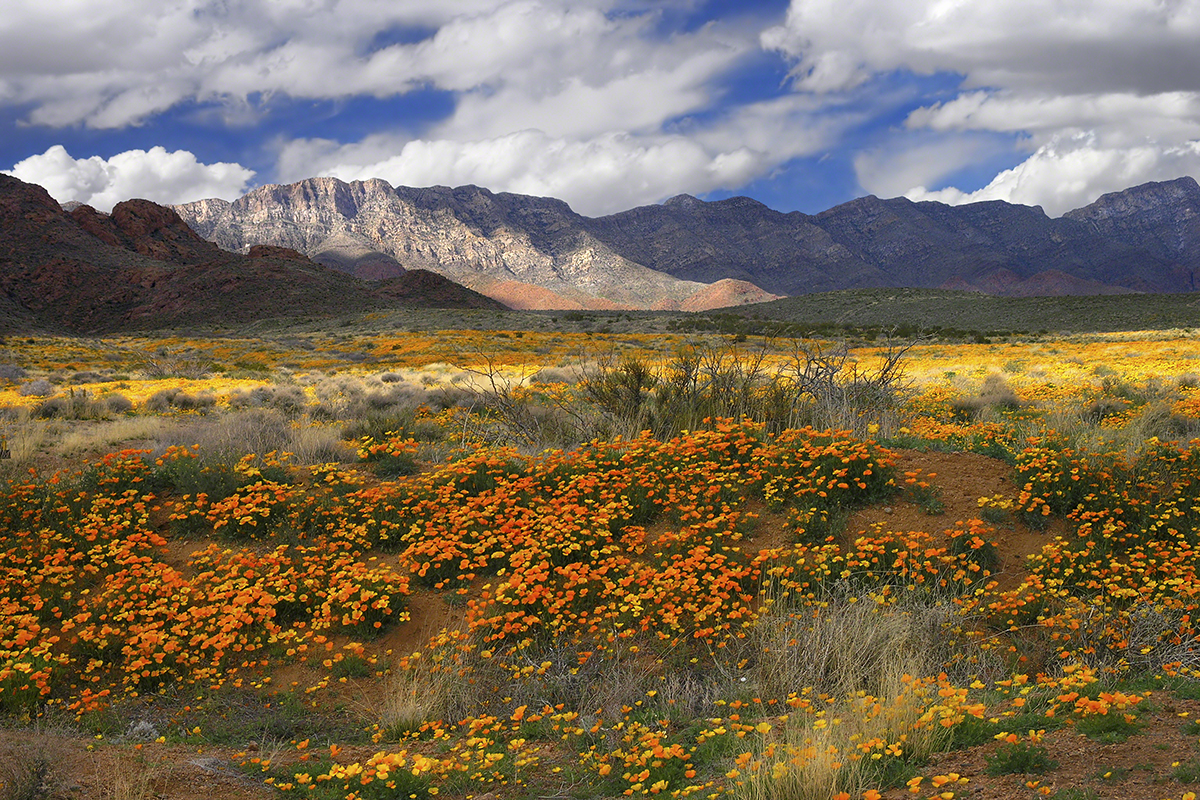
The Castner Range in now a National Monument
Last week, Castner Range was officially designated as a national monument! As members of The Conservation Alliance, we’re excited to celebrate major successes in conservation. The protection of the Castner Range represents 50 years of advocacy efforts led by the community in El Paso to make sure this land is protected for its cultural, ecological, and historical values. This new monument protects nearly 7,000 acres of mountainous terrain between majority-Latino city neighborhoods and Franklin Mountains […]
Cheryl Armstrong: The future of conservation depends on diversity
Cheryl Armstrong, President and CEO, James P. Beckwourth Mountain ClubDenver, Colorado
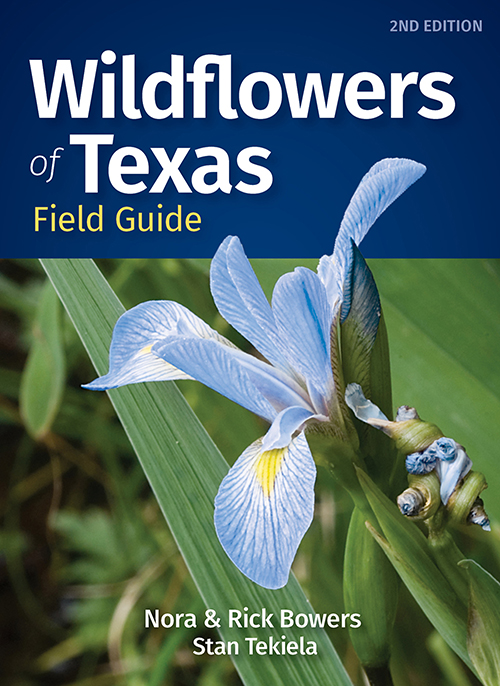
A New Release We’re Excited About: Wildflowers of Texas, 2nd edition
Releasing today, just in time for the upcoming spring season, is the new edition to the Adventure Publication’s popular flower identification guide – Wildflowers of Texas, 2nd edition. This field guide is organized by color and size, dramatically speeding up your ability to identify every Texas flower you come across. To help make identification even quicker, the 200 most common wildflowers in Texas – and only Texas – are collected, so you don’t have to […]
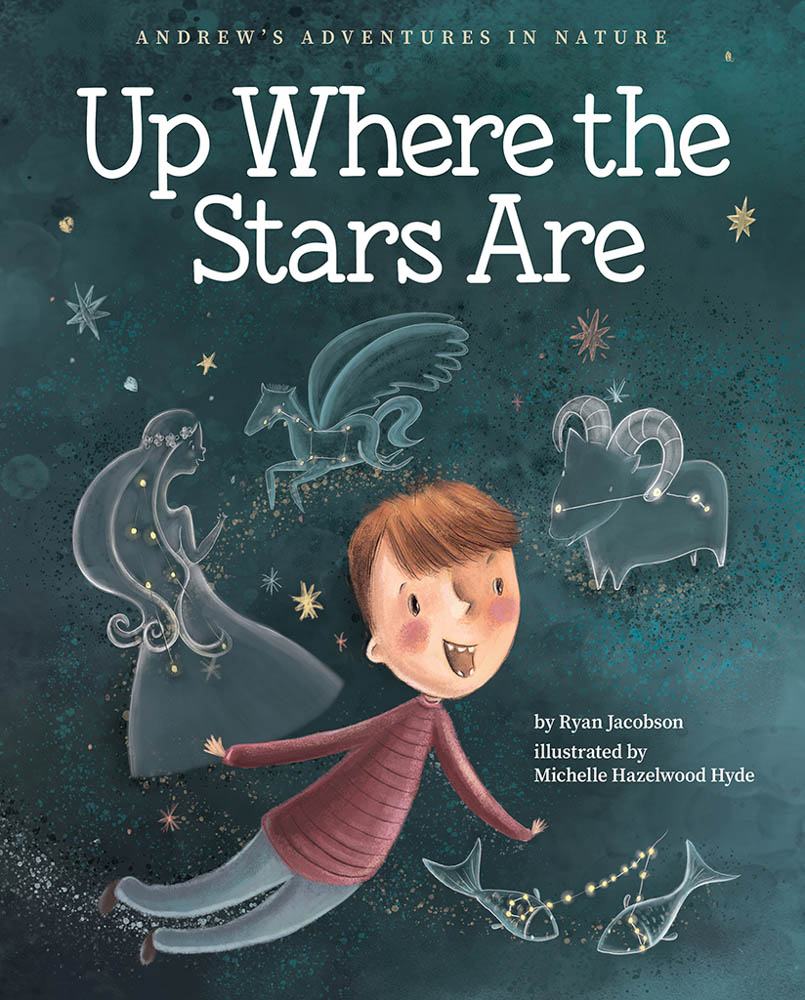
An interview with author Ryan Jacobson – Adventure Publications
There is a wonderful post by the Adventure Publications team sharing Up Where the Stars Are, by Ryan Jacobson and with art by Michelle Hazelwood Hyde. Click through to read about author Ryan Jacobson’s inspiration and writing process. Plus, check out the AMAZING images from the artwork in the book. The book will be out April 11, 2023 and it is available for pre-order now.
Cheryl Johnson: Creating outdoor opportunities for BIPOC youth
In 2006 Dudley Edmundson conducted a series of interviews with African American outdoors-people that culminated in the book Black & Brown Faces in America’s Wild Places. A lot has changed, in the world, and around the United States, in the 17 years since Black & Brown Faces in America’s Wild Places was first published. Yet, when reading through the interviews, it is easy to see the common themes and energy that link all of their […]
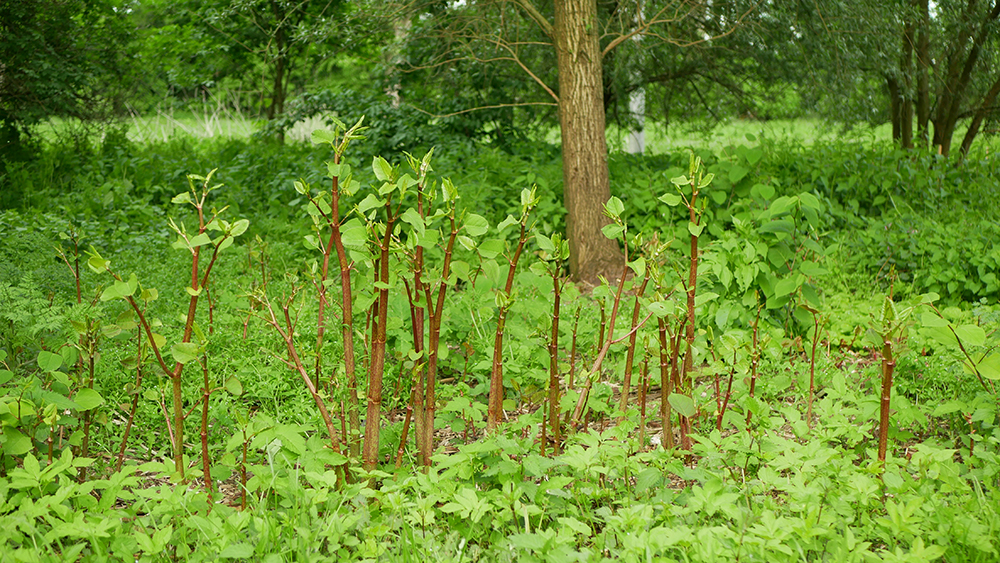
Four Tips to Help You Slow the Spread of Scary Invasive Species
This weekend wraps up the National Invasive Species Awareness Week for 2023. Here at AdventureKEEN we love North America’s lands and waters and want them to remain resilient to climate change and other biological challenges. It’s very clear, after reading books like Invaders of the Great Lakes, that little sticky seeds and tiny hitchhiking critters can easily upset nature’s balance. The state of New Jersey is even looking to revive its statewide council on battling invasive […]
Meet Molly Merkle – AdventureKEEN Publisher
Meeting authors is one of Merkle’s favorite responsibilities as publisher.

